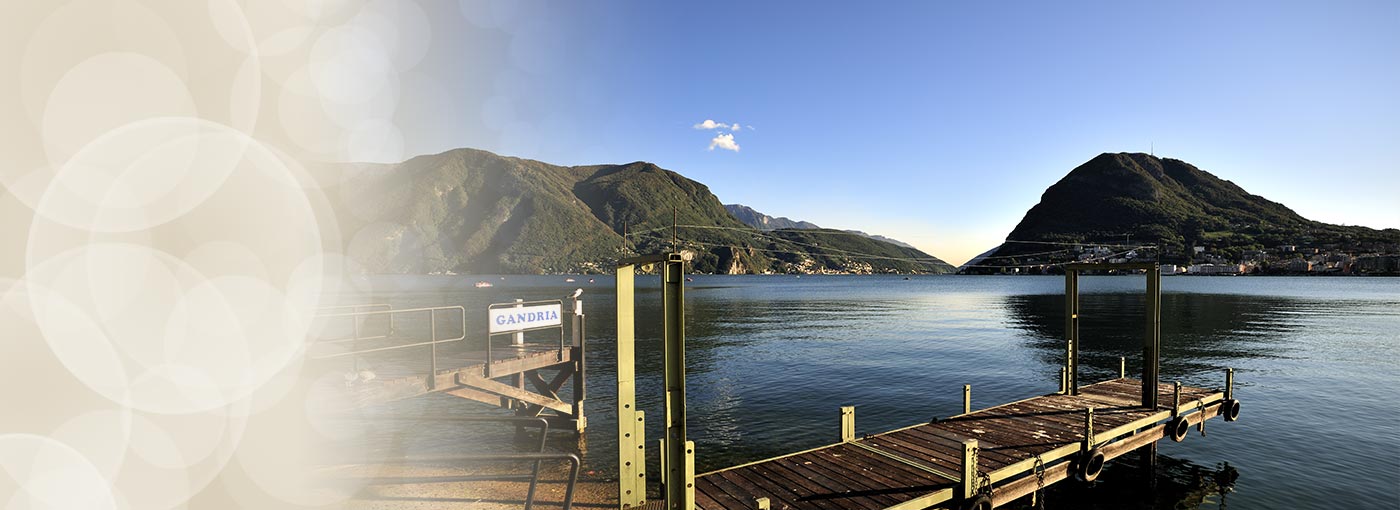Connected to Lugano
The picturesque village of Gandria lies at the foot of Monte Brè, on the shores of Lake Lugano. For centuries Gandria was only ever accessible by boat or steep trails and till today, the old fishing village with its small roads, palm trees, olive trees and breath-taking views over the Lake Lugano has kept its nostalgic atmosphere intact, having remained unchanged for approximately 100 years. The historically protected center of Gandria is car free, with ancient pedestrian walkways attracting visitors world wide.
In the past, Gandria was known for its production of silk and olive oil and due to its location just at the swiss/Italian border, Gandria was used as the smuggling village. Cigarettes, meat and alcohol were especially profitable due to high Swiss customs duties. A notable item at the Swiss Customs Museum, located just opposite side of the lake to Gandria, is a confiscated “submarine” used to smuggle salami. The museum covers the history of smuggling in the area, and the work of customs officers to counteract it.

Location
Gandria and its surrounding areas are connected to Lugano, the main urban center of Ticino and to Italy by the main road that runs along the northern shores of Lake Lugano. This passes above the historical village centre, which is inaccessible to vehicles. A boat service as well as a bus service between Gandria, Lugano and other towns, operates regularly.
Many guests arrive by boat. The possibility exists to walk from Lugano to Gandria via the Olive Path, which passes plantations of olive trees while offering splendid views of the lake and of the surrounding mountains.
The cosmopolitan city of Lugano, lying on the main route connecting north and south of Europe, is easily accessible by plane, car and train. Milan international airport can be reached in about one hour, while the local airport, Agno, is linked to the other main airports in Switzerland.




